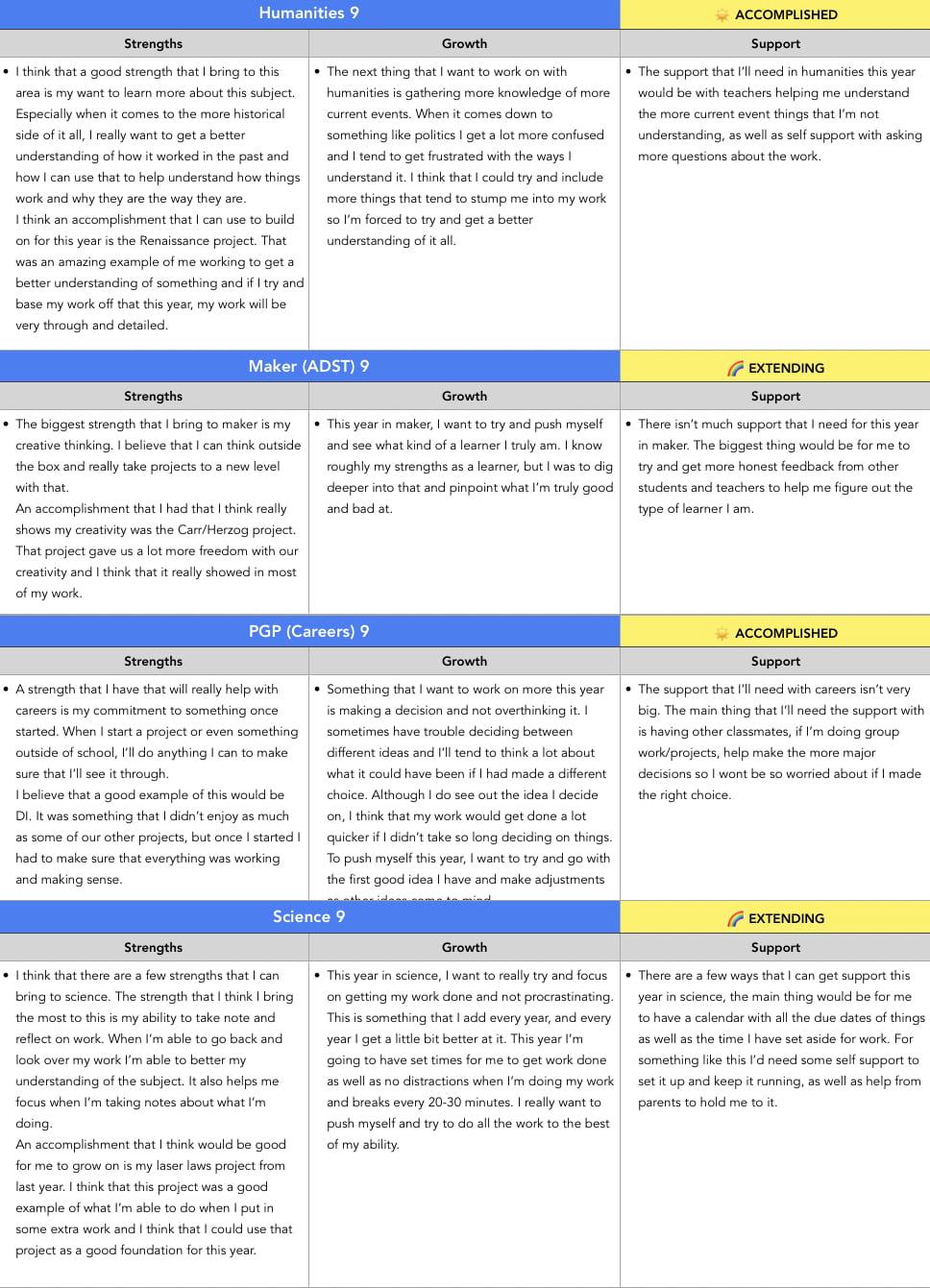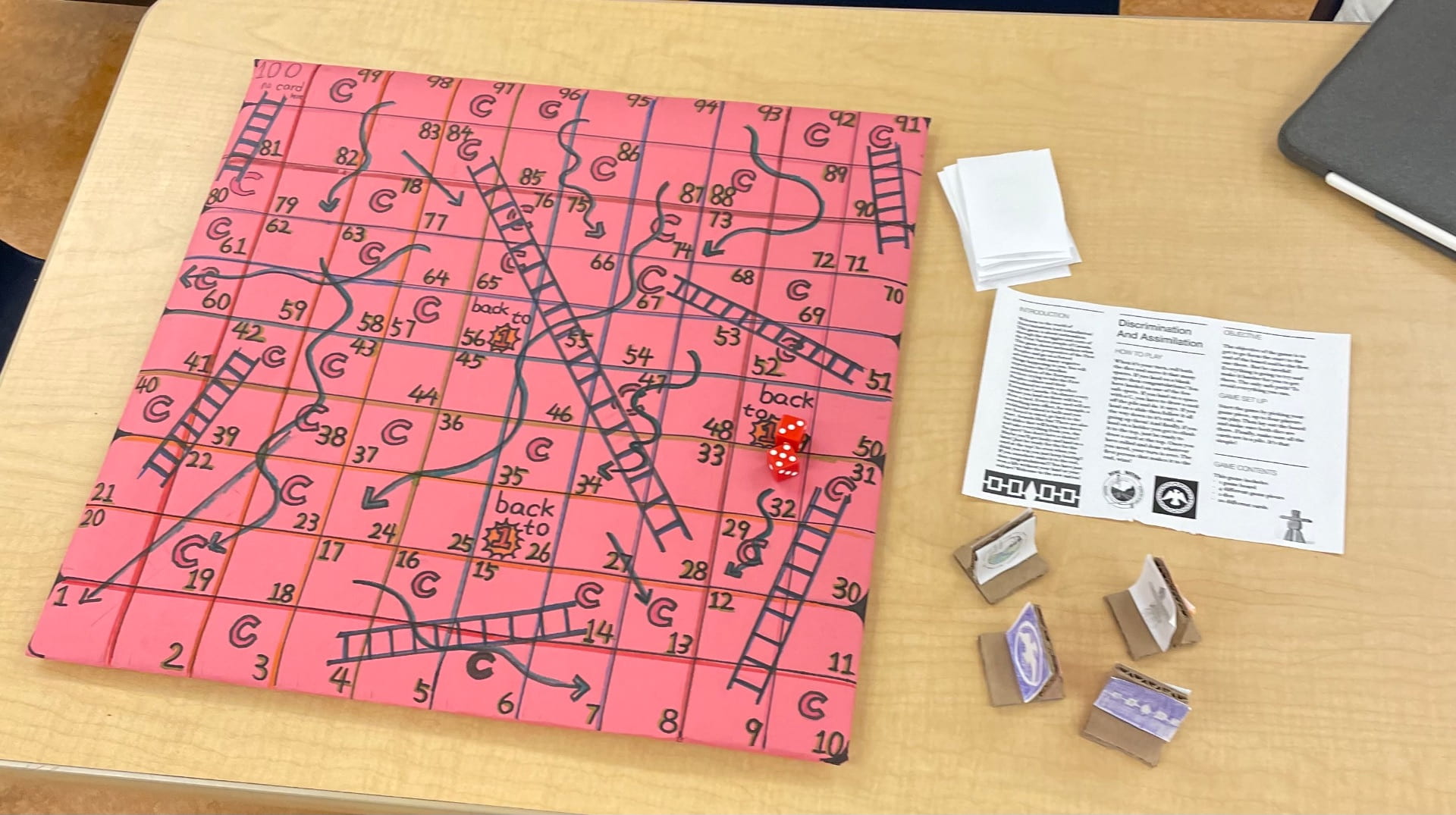Welcome back to my blog! It’s that time of the year again for an exhibition. This was our final one of the year. The driving question for the project was based around contrasting narratives, me and my group were specifically focused on the contrasting narrative of the traditional women compared to the WW1 and post WW1 women. For it I built a replica of a WW1 hospital, the place where women could work on the frontlines for the first time. This and more all went into the final and main thing, the exhibition.

The main part of this all was building of the replica hospital. This was a process that took multiple class times plus the better part of a night to complete and get to a point where it looks good and I was happy with it. The reason I built the hospital for the exhibition was, like I said earlier, it was the first chance women had to work on the frontlines. The traditional women, the pre WW1 women, was expected to be this stay at home mom that only worked as a teacher or a nurse until married. WW1 was the big tipping point where, since the men were away at war, the women got the chance to step up and prove themselves. They got the chance to vote for the first time, if their husbands and sons were at war, they started working in jobs like in factories that were previously male dominated, and they got their chance to work on the frontline for the first time in the hospitals. This snowballed and continued to grow even after the war ended.

Finally, the day of the exhibition arrived, and I was excited to present my project to a group of people. The exhibition was held in the library, which all of grade 9 had to transform into our own WW1 museum, and each student had their own table to display their work. I set up my cardboard replica of the WW1 hospital, along with the card explaining it. As people began to arrive, I explained my project to them giving similar points to what I saying earlier.
Overall, the PLP end of year exhibition was a success, and I was proud to showcase my project alongside the rest of PLP. The planner I had created for the cardboard replica of a WW1 hospital was an essential tool in the building process, helping me stay organized and efficient. Through the process of constructing the replica, I developed an appreciation for the WW1 women and what they went through. And finally, presenting my work to people and sharing what I learned was a very rewarding experience that’s always a highlight of the exhibitions.




